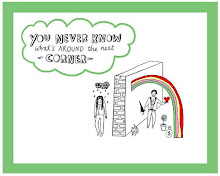Ok, this chapter didn't tick me off the way chapter 1 did. This chapter started giving solutions instead of just listing problems. I liked the comparison of reading to airplane window. Taking it further, I am a white knuckle flyer. I prefer to leave said airplane window down because seeing a small strip of air just freaks me out. However, if planes had bigger windows and I could see more, I know I wouldn't be as freaked out. I would know where we were in the air and would have a better perspective. Similarly, we need to give our students a 'better perspective'. I don't want to teach something I consider boring any more than they want to read something boring.
In the issue of "word poverty", the gap that "forms before students even start school snowballs once school begins (32)." When talking about a deficit of millions of words lacked, can we even make a dent? Just like with the cartoon, our kids can 'read' words on a page, but do they even understand? And if they understand, can they analyze for deeper meaning? If they can analyze, can they synthesize what they have learned with what they already know to build deeper knowledge? Who knows?
Another thing: our kids expect instant gratification. Chapter 2 points this out citing the internet as one of the reasons for this. I agree completely! Kids today can find the answer to just about any question they have by searing for it on their Iphone. Knowlegde is getting lost in translation. And, by the way, which of you has time in class to have a little SSR? And how would administration react to that??
Chapter 2 basically comes down to that fact that practice makes perfect. Of course, the more you read, the better you are at it. It's our job to make the kiddos WANT to practice:)
Friday, September 17, 2010
Subscribe to:
Posts (Atom)
